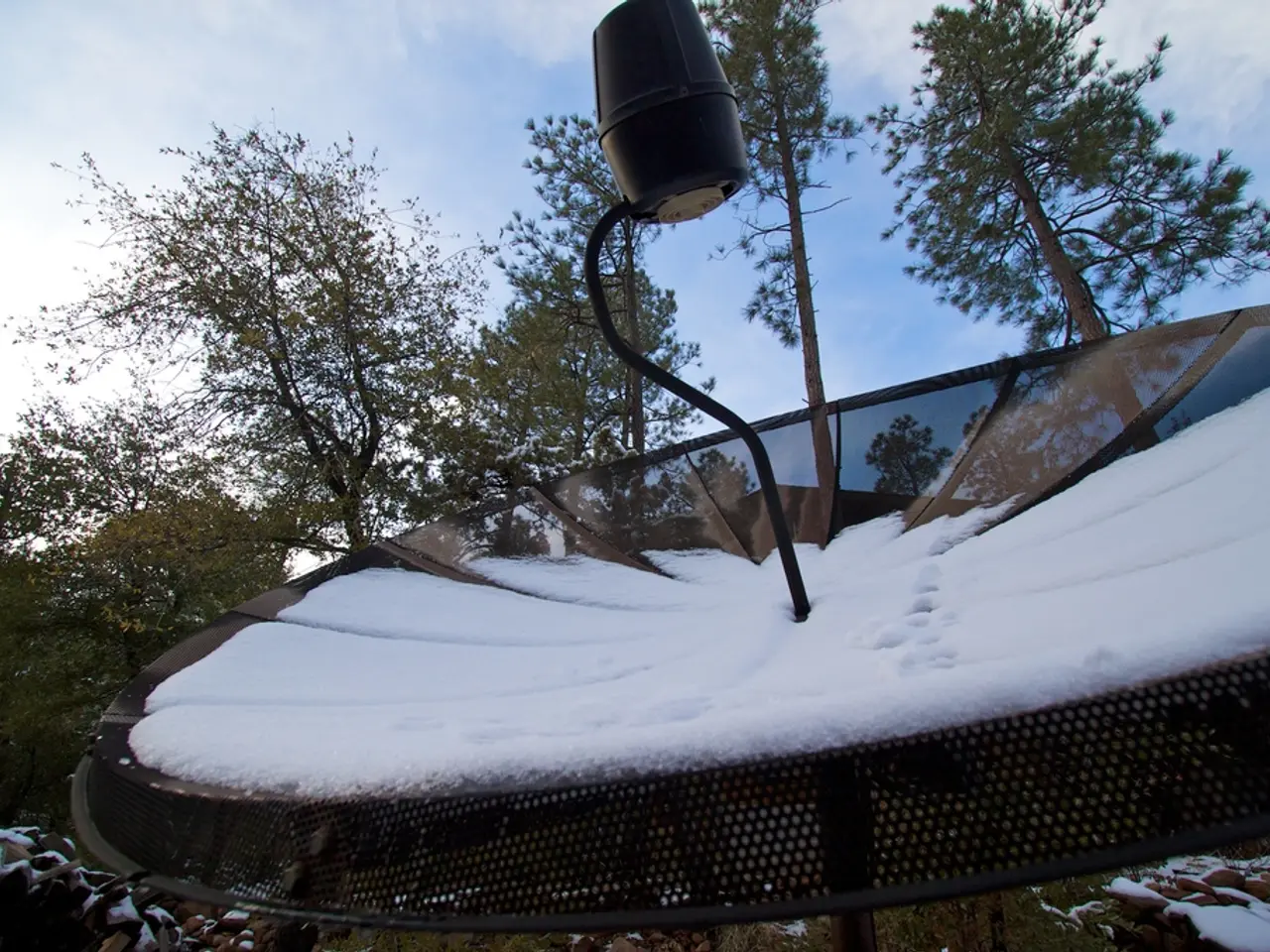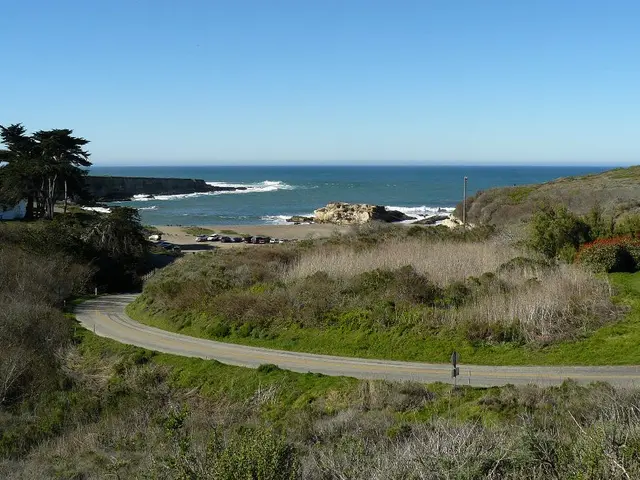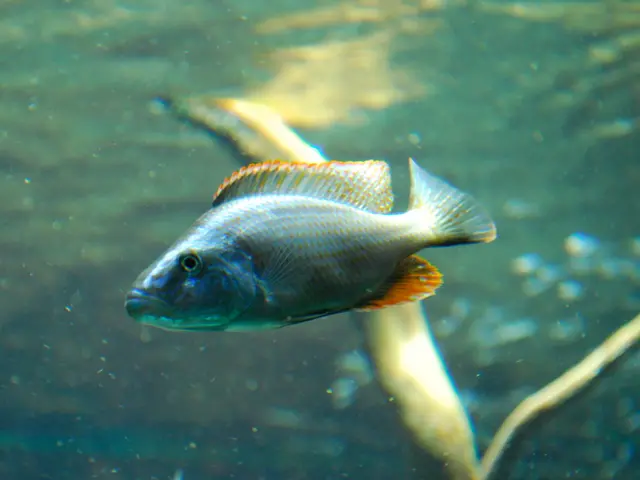"The new NOAA satellite, scheduled for launch on September 23, is set to replace our aged weather monitoring systems."
New Satellite Set to Protect Earth from Solar Weather
After nearly three decades of service, NASA's Advanced Composition Explorer (ACE) satellite is approaching the end of its lifespan. This has raised concerns among scientists, as the aging fleet of solar sentinels is reaching its limits. To address this issue, the National Oceanic and Atmospheric Administration (NOAA) is launching a new mission called the Space Weather Follow-On L1 (SWFO-L1) on September 23.
SWFO-L1 is not primarily focused on scientific discovery but on reliability and continuous solar monitoring. The satellite, manufactured by BAE Systems, will keep a constant watch on the sun to protect Earth from solar weather. Once at L1, SWFO-L1 will measure solar wind, magnetic fields, and high-energy particles streaming from the sun.
Forecasters at the Space Weather Prediction Center (SWPC) are eagerly awaiting the launch and positioning of SWFO-L1. Currently, they rely heavily on ACE as their primary source of solar wind data. The only reason operators have time to prepare for solar storms is thanks to satellites stationed at Lagrange Point 1, which provide warnings from 15 minutes to an hour before the storm arrives.
SWFO-L1's focus is to ensure there is always an eye on the sun, feeding data into solar weather models. Ricky Parker, a senior official at NOAA, emphasized that SWFO-L1 will give forecasters the advanced tools they need to protect critical systems from solar weather. Solar storms can cause disruptions to GPS signals, threaten astronauts, damage satellites, and in extreme cases, knock out power grids on the ground.
The launch of SWFO-L1 marks the start of a new chapter in building a more resilient future for technology protection from solar events. Shawn Dahl, a forecaster at the Space Weather Prediction Center, expressed his eagerness for the launch, stating that it will provide them with the necessary data to issue alerts and warnings to various sectors.
The joint NASA-NOAA DSCOVR mission, launched in 2015, is currently offline following a software anomaly, with no timeline for restoration of data flow. This further highlights the importance of SWFO-L1 in maintaining a robust solar weather monitoring network.
The launch of SWFO-L1 is significant for scientists pushing for new investments in solar weather monitoring. As our reliance on technology continues to grow, so does the need for reliable solar weather forecasting. With SWFO-L1 in orbit, we can rest a little easier, knowing that our planet is being watched from space.
Read also:
- Increase in Electric Vehicle Charging Stations Across U.S., But Is It Sufficient?
- Tesla's Semi-Truck enters partnership with Uber Freight, aiming to accelerate the usage of electric trucks.
- The current status of green hydrogen for developing countries following the wave of hype: Assessment of remains
- Rapid Growth in Bio-based Polypropylene Sector Anticipated at a Compound Annual Growth Rate of 26.5% by 2034








